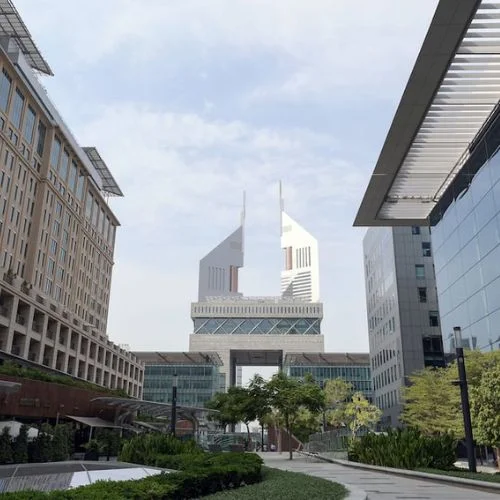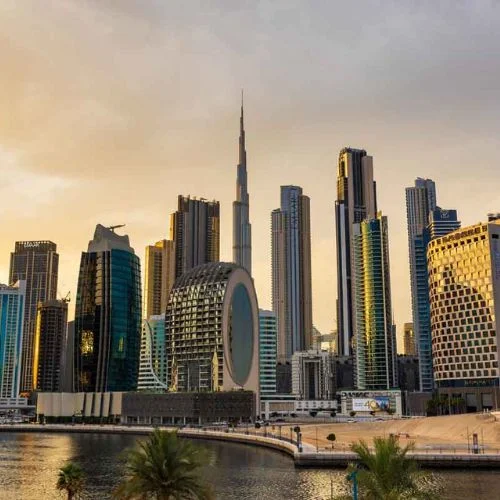Since Modi is due to meet with Sanjay Mehrotra, the CEO of Micron, when he is in the US, the decision is anticipated to be made public. Over 5,000 employees are anticipated to be created by the project.
“The Union Cabinet has approved Micron‘s proposal, and we anticipate that the decision will not only strengthen India’s bid to establish a comprehensive semiconductor eco-system in the nation but will also help attract new players to look favorably upon the country,” said a source.
While the exact location of Micron’s facility has not yet been determined, Gujarat is still seen to be a strong candidate to win the prized project.
India has long felt the lack of a domestic semiconductor ecosystem while being one of the top producers of electronics and automobiles in the world as well as a significant consumer. This occurs at a time when there is a worldwide scramble to lure investors in the semiconductor industry, particularly as Taiwan, one of the major chip producers, confronts concerns in its relations with China.
Since there is now no facility in India producing semiconductor fab, the government announced a Rs 76,000 crore incentive package in December 2021 to entice businesses in the technologically advanced sector.
Even though Vedanta and Taiwanese contract manufacturer Foxconn had jointly proposed the incentive package, it had not been immediately successful. However, the concept has not yet come to fruition since neither of the two businesses has been able to get a technical partner.
India has also been courting leading semiconductor manufacturers from across the world, including TSMC, GlobalFoundries, Intel, and Samsung from Taiwan. Despite believing in India’s long-term potential as a market for commerce, the majority of the corporations are already in a growth phase across continents and have taken a wait-and-see approach.
India has also stated that it will create 100 semiconductor design companies by the end of next year as the nation works to strengthen the industry’s ecosystem.
Rajeev Chandrasekhar, a minister of state, recently stated that India is now well on its way to having 100 semiconductor design start-ups by 2024, up from near-zero levels just a year and a half ago. Up to 27–30 design and semiconductor start-ups are now.
He stated that right now, up to 27–30 design and semiconductor start–ups are “doing very good work”.
The role of India in the global supply and value chain, as well as the innovation ecosystem, is “firmly established,” according to Chandrasekhar, Minister of State for Electronics and IT, citing multinational corporations like Apple, Cisco, and Samsung that have increased their investments in India.
In order to create a talent pool for the semiconductor sector, the government is also collaborating with leading Indian colleges.
The government is still convinced that an increase in the manufacturing and consumption of cars, smartphones, IoT devices, and other gadgets would result in a surge in domestic demand for semiconductors and encourage some of the top manufacturers to see the nation positively.















